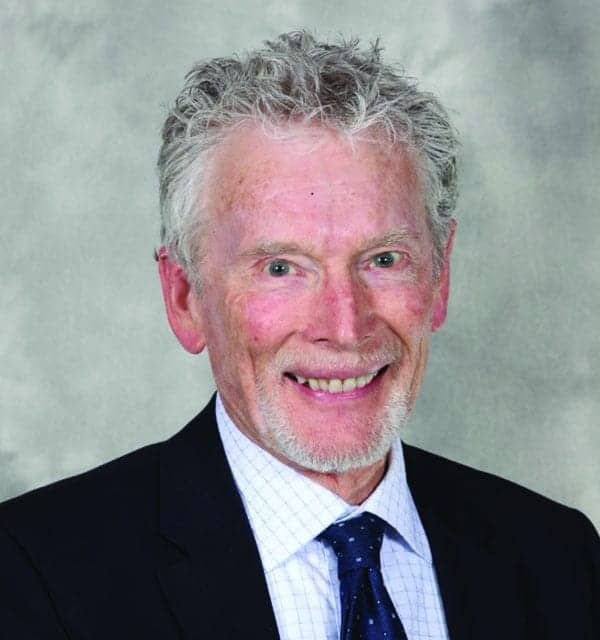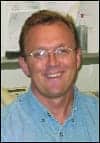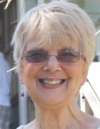Final Word | September 2015 Hearing Review
As I approach my 40th anniversary as an audiologist, I find myself appreciating the fact that working in this field requires life-long learning. Our experience and knowledge base is critical to practicing effectively. However, new research, techniques, tools, and products emerge at a surprising pace. If we do not learn about them and adopt those that are appropriate for our practices, we fall behind in our responsibilities.
We cannot rely on our experience base alone. Fortunately, most of us have a passion for what we do, and continuous learning isn’t a burden—it just adds to the fun. Learning is not only a task of acquiring information from journals, classes, and colleagues, it is learning from our own experiences and mistakes. As we gather experience, it is easy to gain confidence as we approach clinical tasks because we know what we are doing. We may have encountered a situation in the past, and having learned how to approach it, know what to do. That is one benefit of experience.
We also know that every patient is unique, and we shouldn’t assume too much. I was recently reminded that I need to be on guard about assumptions. A couple of incidents brought this to my attention.

One young man who was about 16 years old was in a pretty bad mood as I brought him and the translator into the room for counseling. I assumed that he was concerned about the cosmetics and stigma, and wasn’t interested in hearing about hearing aids. I started to counsel him that the purpose of our discussion wasn’t to force him into anything; if he wasn’t interested in amplification, our discussion would head in another direction. The translator surprised me by saying that his mood had nothing to do with our discussion, he was just upset about some interaction he had just had with his teammates. She redirected me and we had an appropriate discussion. My assumptions had led me in the wrong direction, and I was grateful that the translator helped lead me back to deliver the right message.
The other incident was in a training I was helping out with. I tend to assume that clinicians who have been working in the field fitting hearing aids for more than 5 years have a solid skill set that will guide them into fitting hearing aids of all types. This is largely true. What I learned is that some clinicians with up to 10 years of experience may have fit mostly receiver-in-canal hearing aids, and most of those with stock tips, not custom molds. They may have relied heavily on manufacturer software to dictate what vent sizes and options to use. Essentially, the approach relies on an electronic guidebook rather than clinical intuition and experience for direction. This has evolved because it is very efficient to save time and effort by not taking ear impressions and ordering custom earmolds. One problem is that the skill set is narrowed, and when a new guidebook (manufacturer software) comes along that might require more clinical intuition they may be frustrated.
The Final Word? Each clinical puzzle we approach may be unique, and we should approach the situation with our experience to support us—and a mind open to the fact that there may be hidden complications to sort out before we assume how to proceed.
We now enjoy treatment options that are more diverse than ever. Custom molds and custom hearing aids still have a solid place in our business. Relying on quick off-the-shelf fitting products may save time, but it doesn’t offer custom solutions. It also does not foster life-long learning.
If we assume that all patients will react and perform in a similar manner, we may tend to offer a similar solution for all of them. As we do this, we may overlook very good, creative solutions. They may not be as time-efficient, but those creative solutions are an expression of our craft and professionalism. The result can be a better, individualized treatment for the patient, and a much broader experience base for us that prepares us for even more creative solutions for future patients.
Dennis Van Vliet, AuD, has been a prominent clinician, columnist, educator, and leader in the hearing healthcare field for nearly 40 years, and his professional experience includes working as an educational audiologist, a private-practice owner, and VP of audiology for a large dispensing network. He currently serves as the senior director of professional relations for Starkey Technologies, Eden Prairie, Minn.
Correspondence can be addressed to HR or: [email protected]
Original citation for this article: Van Vliet D. The Final Word: Ensuring benefit from experience. Hearing Review. 2015;22(9):50.?






